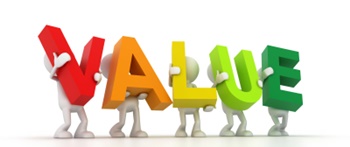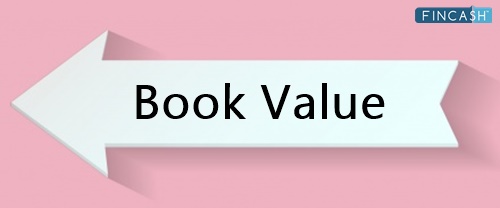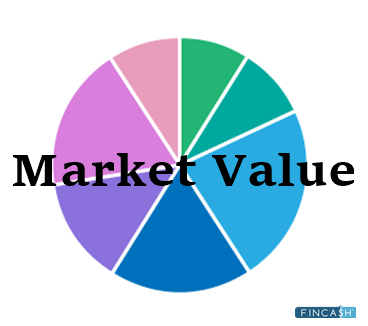
Table of Contents
What is a Hidden Value?
Hidden values are assets held by the companies that don’t appear in the Balance Sheet. As these assets are hidden they also don’t reflect in the company’s current stock price. Companies with hidden values are often undervalued because their Book Value is higher than the Market value.

Value investors are very active to find such companies. Through the use of fundamental analysis, they find hidden values in a company's balance sheet that the average investor misses. A hidden value asset is marked at book value, but is worth more than its Fair Market Value.
How to Find Hidden Values?
Uncovering hidden values can be a mammoth task as they are often missing from the company's balance sheet. A substantial amount of time in research & analysis is required. The core idea of Value investing is to buy undervalued securities, that is - assets undervalued relative to their Intrinsic Value. Based on the sort of firm, a value investor determines a Fair Value in various ways and compares this intrinsic value to the market value assigned to the securities. If the discount is appealing enough to this value investor, they will purchase the shares and wait for the current market value to converge with the intrinsic value.
A company's asset may be worth more in terms of fair market value than the value given to it on the balance sheet to comply with Generally Accepted Accounting Standards (GAAP). Intangible assets such as trademarks and patents, as well as reserves held by natural resource firms, may have hidden worth. If an asset has been retained on the books for a long time at a cost-Basis, it may be worth far more than what is indicated on the balance sheet. Similarly, an asset that has been deprecated for accounting purposes, particularly when employing an Accelerated Depreciation schedule, may have more market value than it appears on the balance sheet.
Common Types of Hidden Values
1. Real Estate
Real Estate assets are one of the most common hidden values since they are frequently under-reported on balance sheets. The acquisition price of real estate assets is recorded on a company's balance sheet. However, the asset's market value can climb dramatically above its historical worth over time. The value of a company's real estate holdings might sometimes exceed its whole market capitalization. A department store with diminishing sales, for example, may lose money. If it owns the premises on which it works, it may reconfigure them as residential towers or office buildings, increasing their worth.
Talk to our investment specialist
2. Natural Resources
Exclusive rights to the mines with the potential for future revenues may be held by firms that operate in commodities such as gold. Although the mines have inherent value, their full earning potential may not be adequately accounted for in a firm's balance sheet.
The resources within the locations can be wholly utilized with high investment levels, raising Earnings and attracting new investors.
3. Customer Loyalty
Customer loyalty is an underappreciated asset for companies with a large base of devoted customers. When a customer has a series of positive contacts with a firm, they acquire trust in that company, which makes them more open to new items.
It opens the door to future expansion, as new products would be more well-received by a devoted consumer base. Because consumer loyalty takes years to develop, a company with a large base of long-term consumers accumulates an asset that isn't adequately reflected on the balance sheet.
Hidden Values: Timing is the Key!
To gain from hidden values, you must discover them first, before the rest of the market. The hidden values should be found before a corporation can profit from them; thus, timing is key. Early investments in low-cost stocks can add a lot of value to a Portfolio. Still, it's vital to remember that the assets could be hidden for years before reaping the benefits.
The intrinsic market value of a publicly listed firm can be contrasted to its market capitalization. Because the market now undervalues the company, if the inherent value looks larger than the market value, there is the possibility of future gains.
By Investing in an undervalued firm, the shares are effectively trading at a discount, allowing values to be grabbed. If the company's hidden assets, can enhance profits, it will attract new investors, and the stock price will rise. As the company climbs to fair market value, investors who acquired it early will realize Capital gains.
Undervalued firms are often the last stocks that experienced investors sell, allowing investors to lower their risk exposure. Companies with hidden values do well when the Economy grows because they have more opportunities to put their assets to work.
All efforts have been made to ensure the information provided here is accurate. However, no guarantees are made regarding correctness of data. Please verify with scheme information document before making any investment.












